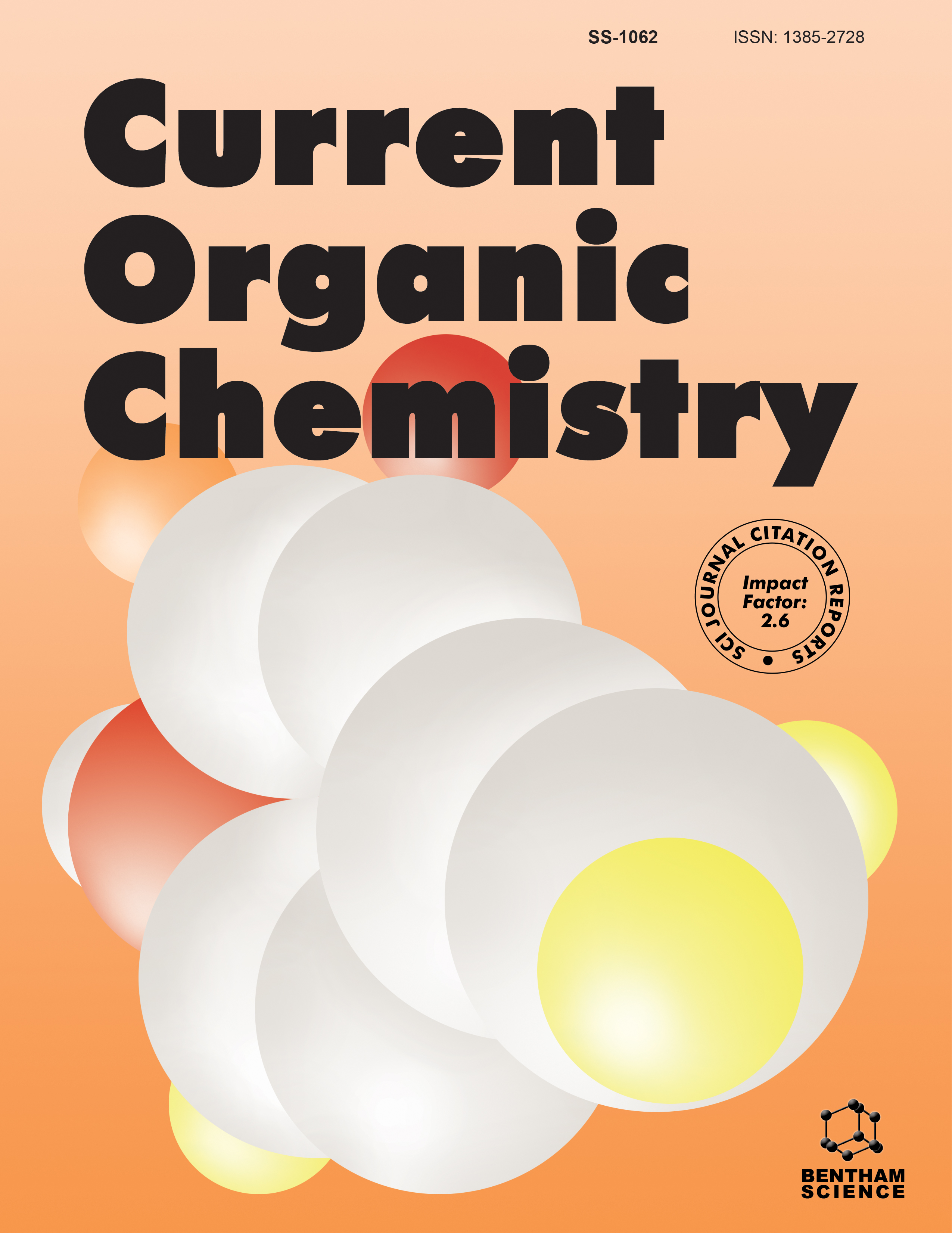
Full text loading...
We use cookies to track usage and preferences.I Understand
Bioorthogonal chemistry represents a collection of chemical techniques employing unique functional groups to probe and comprehend biological processes within living organisms. This tool has unparalleled selectivity, exceptional biocompatibility, and moreover, the versatility which all together make it a very powerful protocol for the studying of biological processes and developing new therapeutics. This review offers a comprehensive overview of the sophisticated reactions employed in bioorthogonal chemistry, as well as potential methodologies for conducting these reactions. Additionally, it delves into bioorthogonal-based chemical strategies for incorporating 'bioorthogonal handles' into biomolecules. The review extensively covers the recent advancements in bioorthogonal click chemistry, from its inception to its notable applications in live cell imaging, biomolecule characterization, and glycome imaging. Furthermore, it discusses the future potential of click chemistry for synergistic integration of chemistry and biology, highlighting its versatility and promise in advancing various emerging fields in drug discovery and development.

Article metrics loading...

Full text loading...
References


Data & Media loading...

